Although extensive research has been conducted into how life first formed on our planet, scientists still don’t know exactly how it happened. They have theories, of course, but no concrete proof to say one way or the other.
However, many scientists believe they have found their answer. This discovery will not only help us understand how life formed on Earth, but also how life could have or maybe will eventually begin on other planets.
Theories on the Beginning of Life

For years, there have been two presiding theories about how life on Earth first blossomed. The first is that life emerged from a “primordial soup,” meaning that the various chemicals needed to support life essentially floated in the ocean and came together to create the first microorganism.
The second is that life began along the ocean floor, alongside and because of the alkaline hydrothermal vents that reside there. This theory stipulates that the energy emitted from the vents and their many minerals led to the first life form.
A New Study Could Confirm the Hydrothermal Vent Theory
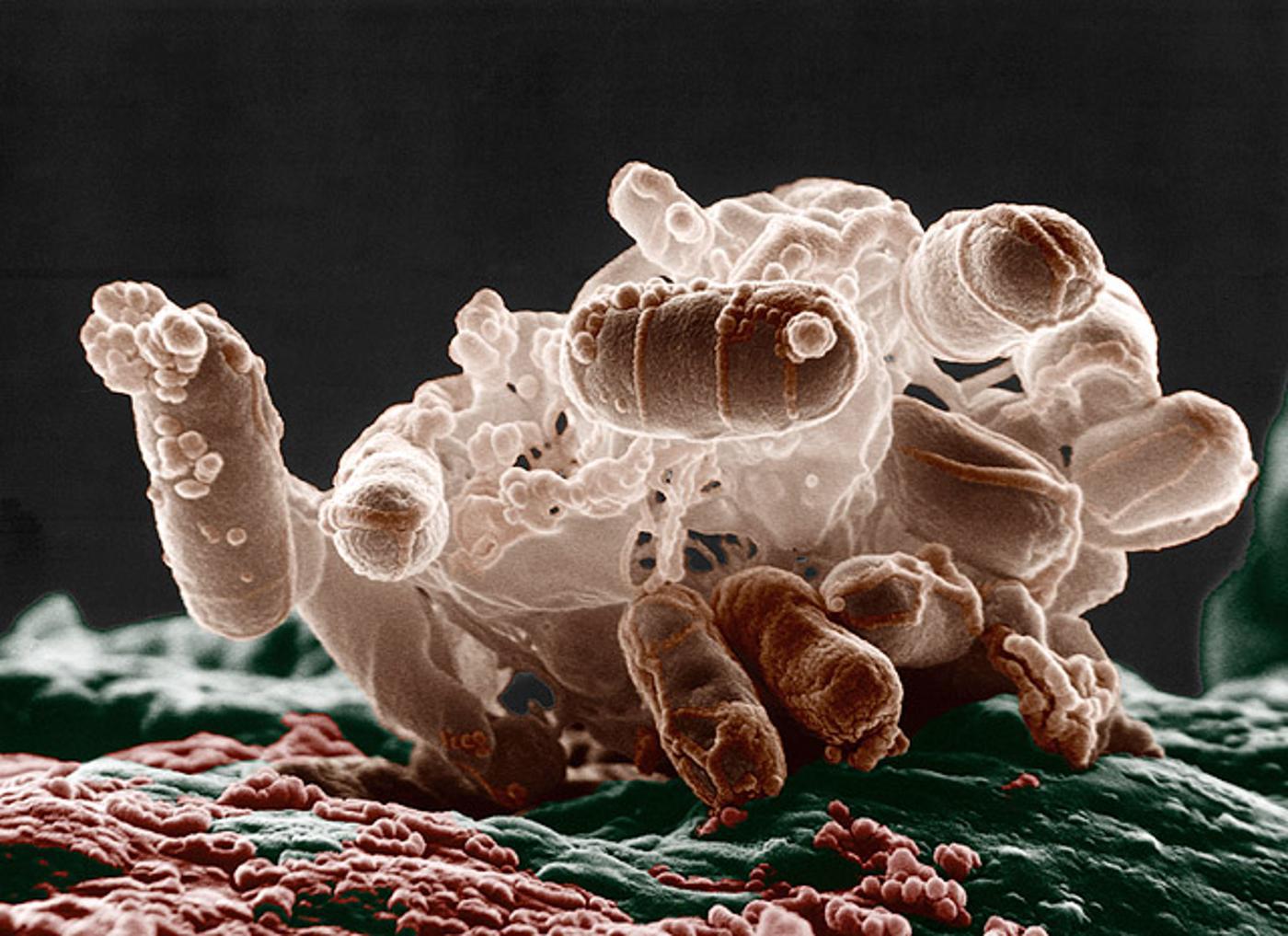
Now, a study has been published that could answer the life-long question about exactly where it all started. For the first time ever, scientists have been able to simulate the formation of fatty acids, which were a necessary component in the Earth’s original cells.
And they found that these fatty acids specifically developed on iron-mineral surfaces, which can be found on hydrothermal vents on the ocean floor.
What Are Fatty Acids?
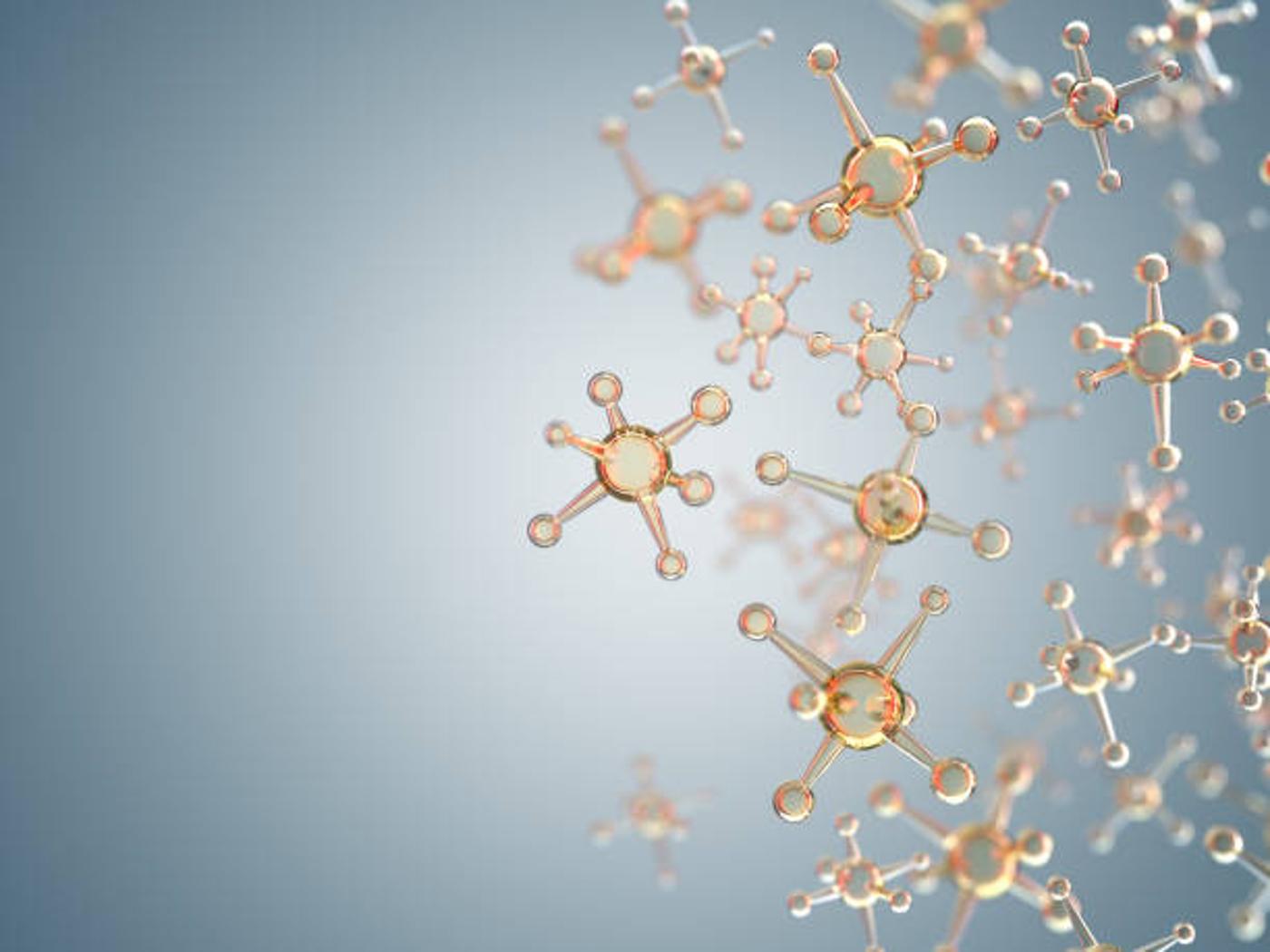
To fully grasp this study and the consequent theory it confirms, it’s crucial to understand what fatty acids are and how they could have formed the first cells.
Fatty acids are vital components in every living thing on Earth; they consist of a chain of carbon and hydrogen atoms and can actually build cell membranes.
Fatty Acids Both Attract and Repel Water

Additionally, fatty acids will repel and attract water, so when placed in water, they form cell-like compartments that are basically cell membranes. Now, here’s where it gets interesting: fatty acids can also become electrically charged when connected to a mineral surface.
And because the mineral surface is also charged, the two repel from each other, almost like magnets. It’s called “electrostatic explosion,” and scientists believe the combination of the fatty acids’ natural cell-like compartments, combined with the explosion away from the mineral surface, is what created the first ever cell.
What Are Hydrothermal Vents?
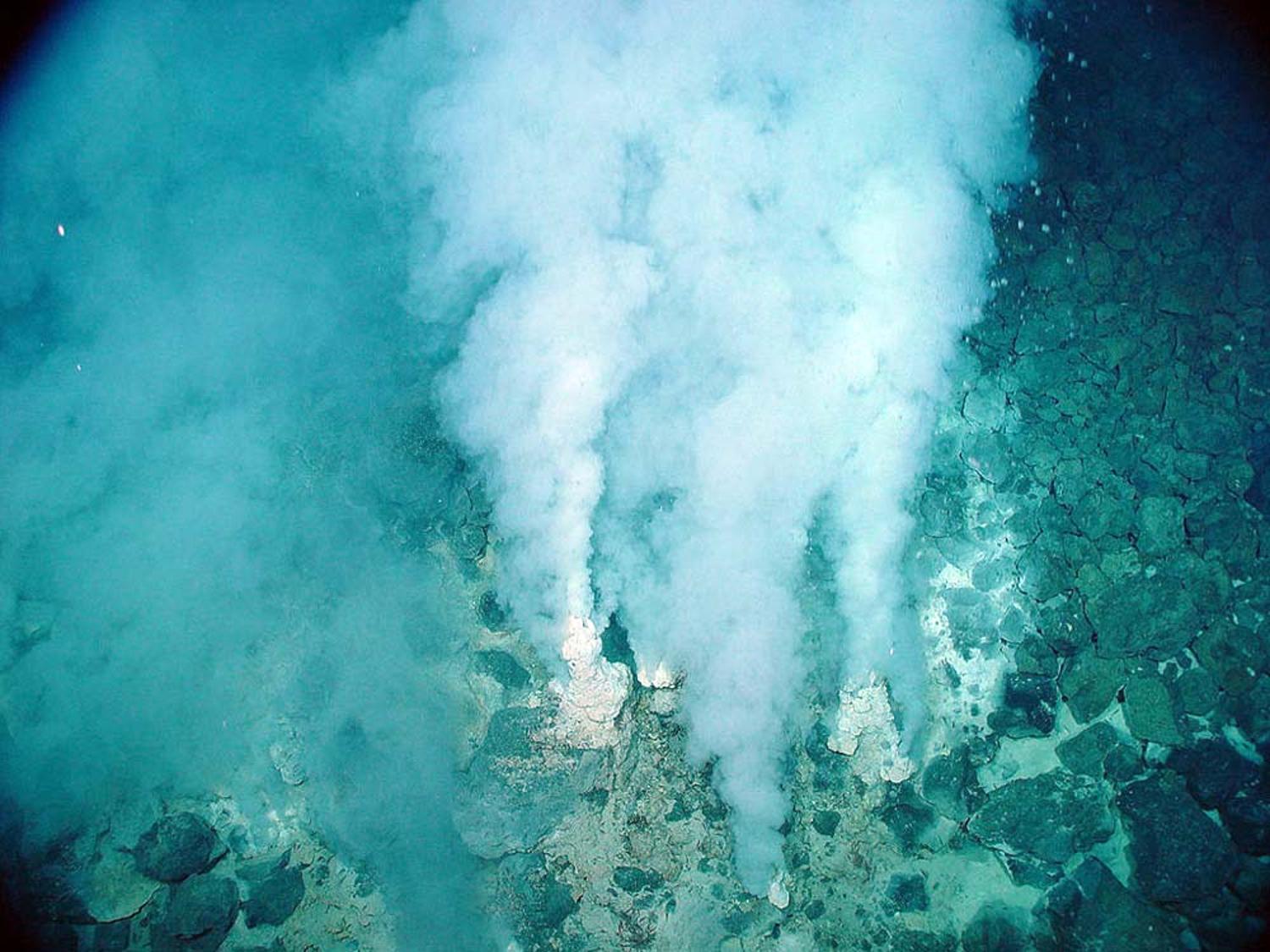
However, for fatty acids to create life, some kind of mineral surface would have to repel them; this is where the hydrothermal vents come into play.
Hydrothermal vents are openings along the ocean floor that emit large plumes of geothermally heated water, almost like an underground volcano.
How Could Hydrothermal Vents Have Created Life?
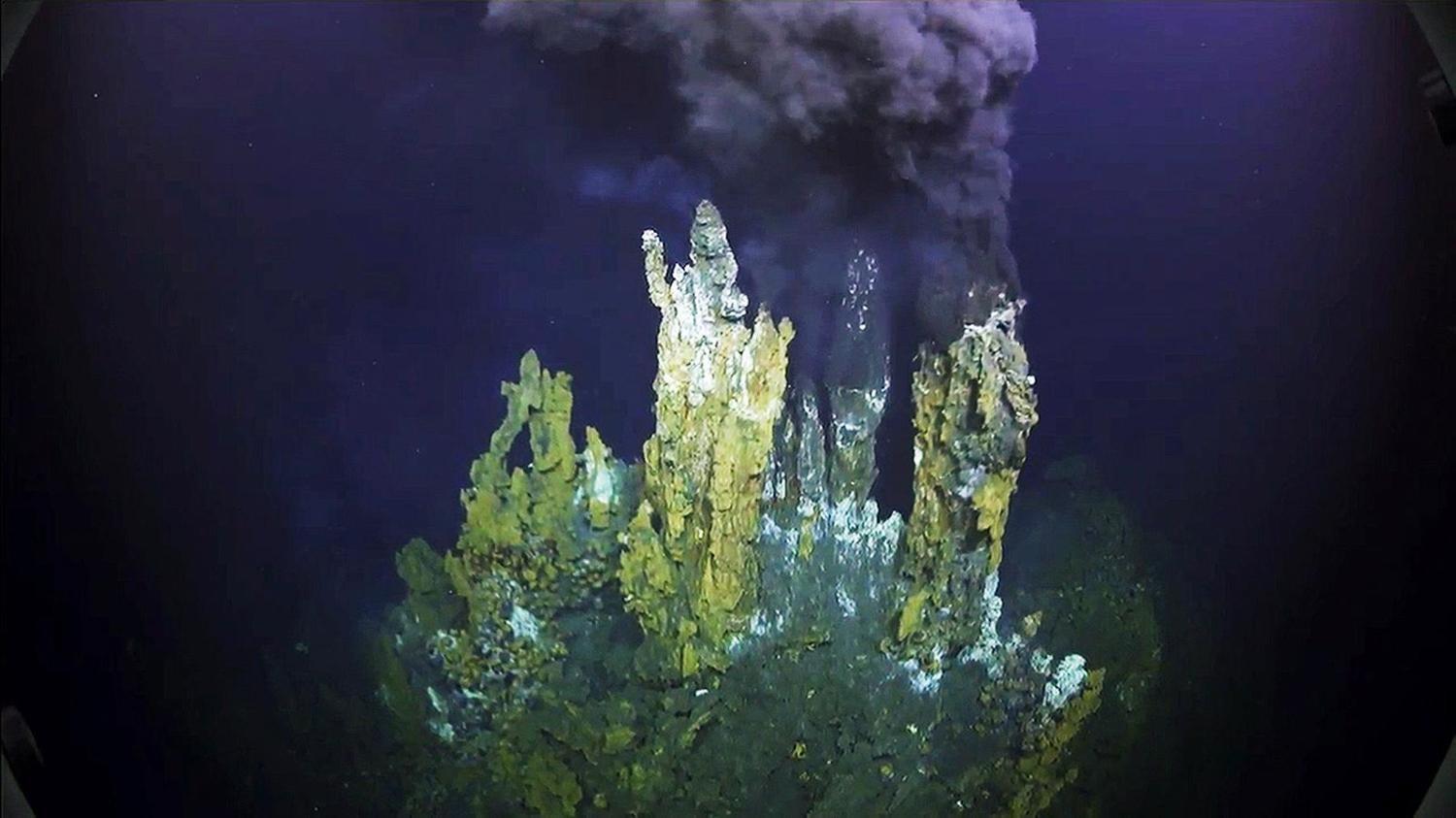
The superheated fluid that emerges is extremely rich in minerals, and often, as it cools, it creates chimney-like structures.
Therefore, these chimneys contain minerals, specifically iron sulfide and nickel. The iron and nickel in the hydrothermal vents could logically provide the mineral surface needed for the fatty acids to repel, creating the electrostatic explosion.
Iron and Nickel Could Provide Electrostatic Explosion
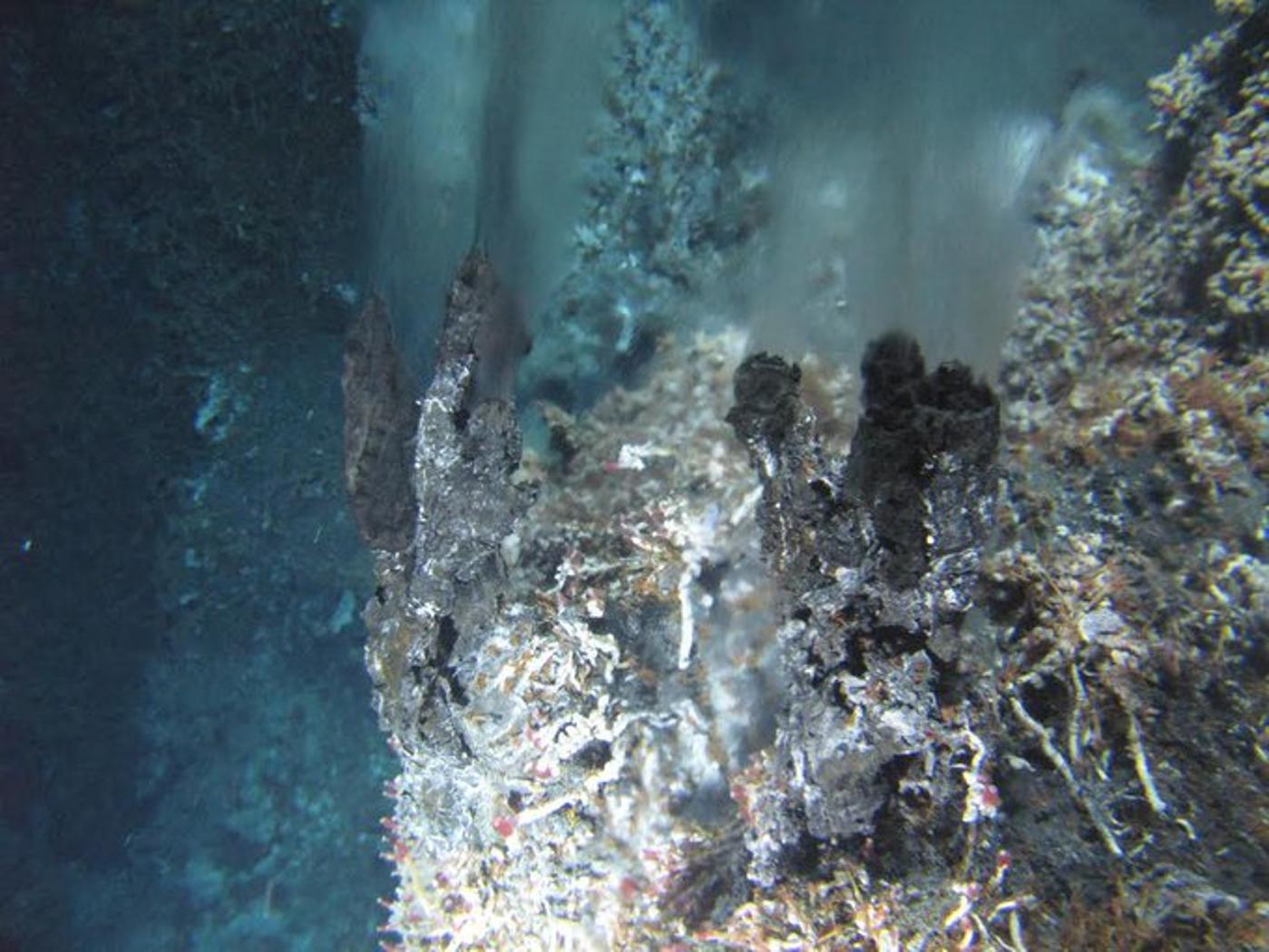
Additionally, scientists have proven that fatty acids can easily be formed on hydrothermal vents from the hydrogen gas and carbon dioxide within the ultra hot fluid.
So, on paper, the theory that fatty acids on hydrothermal vents created the first cells makes perfect sense. But that’s not even all the evidence scientists have to support this hypothesis.
More Evidence to Support the Hydrothermal Vent Theory
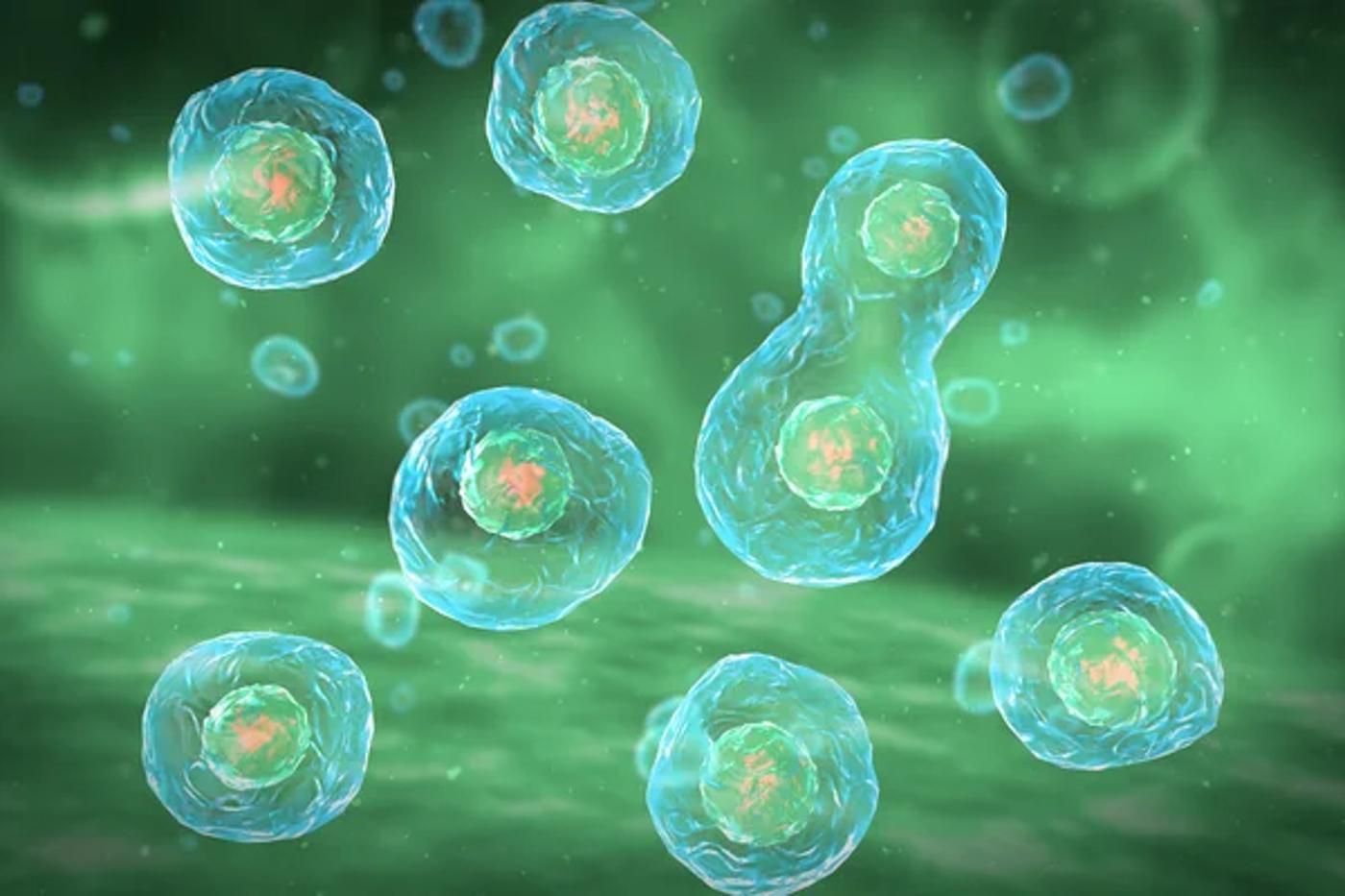
The study’s author, Jon Telling, explained, “iron and nickel [are] also abundant in evolutionary ancient proteins that are present in microorganisms today.”
However, even with all of this information in mind, Telling explained that they cannot say with complete certainty that this is what happened. He explained that they had more research to do before they could confirm their theory.
Can Fatty Acids Form Cell Membranes
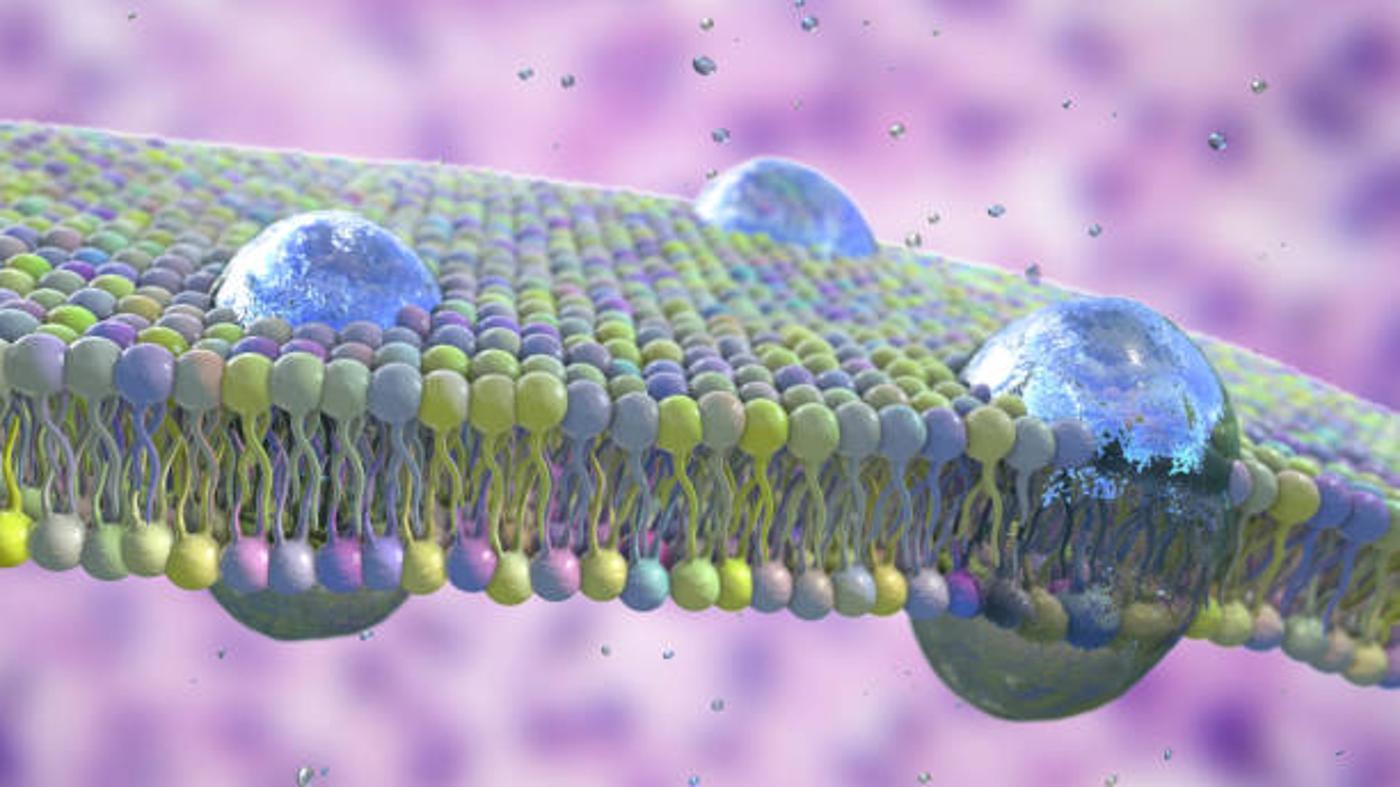
So far, scientists understand that fatty acids can form membrane-like shapes but have yet to confirm whether they can actually spontaneously create a cell membrane in the right conditions.
Telling explained, “[This study] opens the door to the next phase of experiments: proving that [fatty acids] can ‘lift off’ and spontaneously form membrane-bound spheres’; a key stepping stone to protocells.”
Fatty Acids Could Also Form on Other Planets

Understanding how life formed on Earth is about much more than our humble origins; it will also open infinite doors to understanding life on other planets.
As Telling explained, there are examples of these exact conditions elsewhere in the universe. He said, “At the bottom of ice-covered oceans, such as within Jupiter’s moon Europa, or Saturn’s moon Enceladus, or in the past at active hydrothermal vent sites on Mars, for example.”
If This Theory Proves True, It Could Change How We Understand Life

So, scientists have already proven that fatty acids can form from the combination of hydrogen and carbon, attach to mineral-rich surfaces, and repel from those surfaces in a charged explosion.
If they can also prove that these fatty acids can create a cell membrane, science and the study of life will quite literally change forever.








































